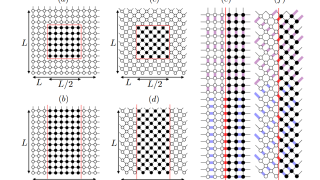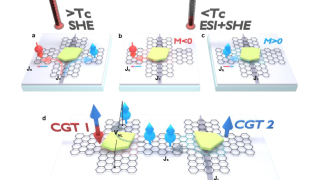
Wandering black holes in Milky-Way-type galaxies
Wandering black holes, a class of black holes that are not anchored to the centres of galaxies, are a fascinating yet elusive aspect of our universe. These black holes are not formed by the typical processes that create stellar black holes, which occur when massive stars run out of fuel and collapse under their own […]








